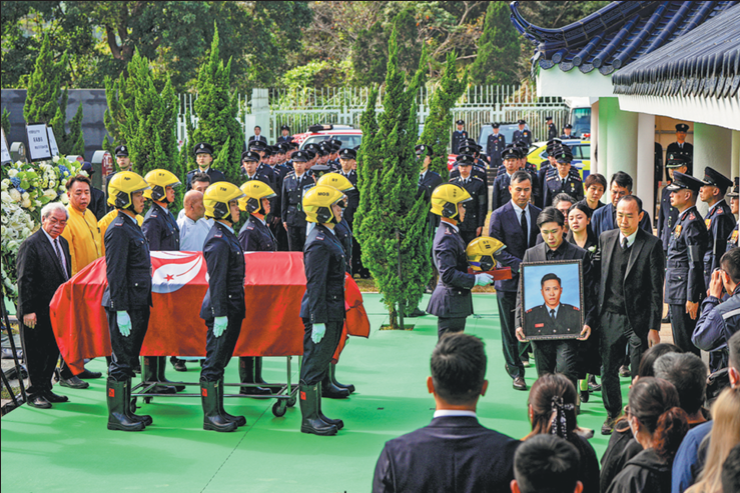Chinese technology shines at World Cup
By Zhao Jia | China Daily | Updated: 2022-12-31 09:57

'Magical' technologies
The IUA has been running agricultural technical assistance projects and providing technical support to Qatari agricultural companies since the end of 2019, during which time it has trained many technical personnel.
All these measures have helped Qatari farms improve planting techniques, increase yields, and reduce costs, according to experts from the IUA.
Two key technologies play important roles in growing quality vegetables. One is solid active fiber soil and the other is smart LED plant factory technology.
The IUA has helped improve vegetable cultivation in Qatar through the combination of hydroponics — growing plants in a water-based nutrient solution — and solid active fiber soil technique, or the Leitu technique, said Qi Zhiyong, the founder of the technique.
According to Qi, who is also a researcher with the IUA, solid active fiber soil is a replacement for soil and is mainly made from agricultural and forestry waste like straw and cotton stalks.
"The Leitu technique has significantly expanded the variety of vegetables that can be grown in Qatar, increased the density of planting, and reduced the difficulty in controlling the environment, thus ensuring high yields with low energy consumption," he said.
Vegetables grown using the technique include eggplants, tomatoes, and cucumbers while leafy vegetables are usually hydroponically grown, he added.
IUA experts said that Qatar has also introduced smart, low-energy LED lighting which produces high light efficiency.
In the fully enclosed "magic plant factory", the growth of vegetables, fruits and other plants is no longer limited by the external natural environment. The sunlight and soil required are artificially configured and precisely controlled.
"Different plants need different types of light to grow. We have developed special LED light formulas for different vegetables as well as the equipment to grow them," said Yang Qichang, executive director general of the IUA.
The color and intensity of light can be adjusted to meet the particular photosynthesis needs of vegetables, Yang said.
The integrated system is also equipped with air conditioners, sensors, and nutrient solution supply systems to regulate temperature, humidity, and nutrition, so that vegetables can thrive, Yang added.
























